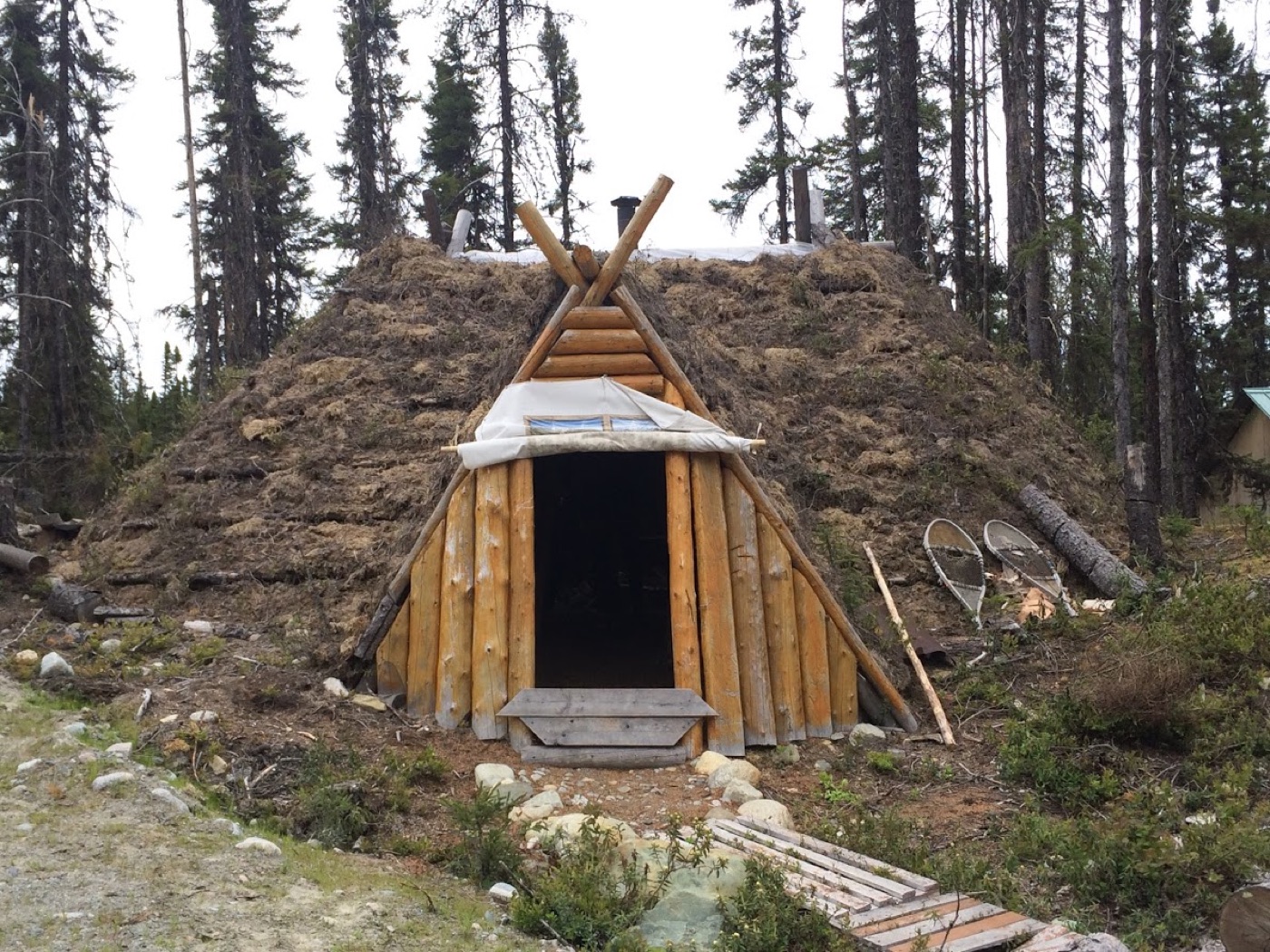Section 22 Regime

Introduction
The JBNQA established a unique environmental and social protection regime per Section 22, as well as a specific hunting, fishing and trapping regime per Section 24.
Per paragraph 22.2.4 of the JBNQA, the regime set out in Section 22 is subject to nine guiding principles:
- The protection of the hunting, fishing and trapping rights of Native people in the Territory, and their other rights on Category I lands, with respect to developmental activity affecting the Territory;
- The environmental and social protection regime with respect to minimizing the impacts on Native people by developmental activity affecting the Territory;
- The protection of Native people, societies, communities, economies, with respect to developmental activity affecting the Territory;
- The protection of wildlife resources, physical and biotic environment, and ecological systems in the Territory with respect to developmental activity affecting the Territory;
- The rights and guarantees of the Native people within Category II established by and in accordance with Section 24 until such land is developed;
- The involvement of the Cree people in the application of this regime;
- The rights and interests of non-Native people, whatever they may be;
- The right to develop by persons acting lawfully in the Territory;
- The minimizing of the negative environmental and social impacts of development on Native people and on Native communities by reasonable means with special reference to those measures proposed or recommended by the impact assessment and review procedure.

The Section 22 environmental and social protection regime also provides for a special status of involvement for the Cree people, when their rights may be affected, “…over and above that provided for in procedures involving the general public” through consultation or representative mechanisms.
Section 24 of the JBNQA outlines the hunting, fishing and trapping regime and rights of the Cree:
- The Cree have the right to harvest wildlife at all times of the year, anywhere in the Territory, without prior administrative authorization and with a minimum of control or regulations applied to them;
- The Cree have exclusive wildlife trapping rights throughout the entire Territory;
- Certain lands, such as Category I and II lands, and certain species are reserved for the exclusive use of the Cree (e.g. whitefish, sturgeon, suckers, burbot, mooneye, goldeye, all mustelids, beaver, lynx, foxes; and, black bear north of the 50th parallel);
- In the event of scarcity of a harvestable species, priority must be afforded to the Cree in light of non-Native interests (e.g. sport hunting and fishing).
The hunting, fishing and trapping regime also recognizes that the entire Territory is organized according to a traditional system of traplines upon which the Cree may exercise their harvesting rights. Each trapline is under the supervision of a Cree Tallyman who is responsible, among other things, for the supervision of the activities related to wildlife harvesting thereon.